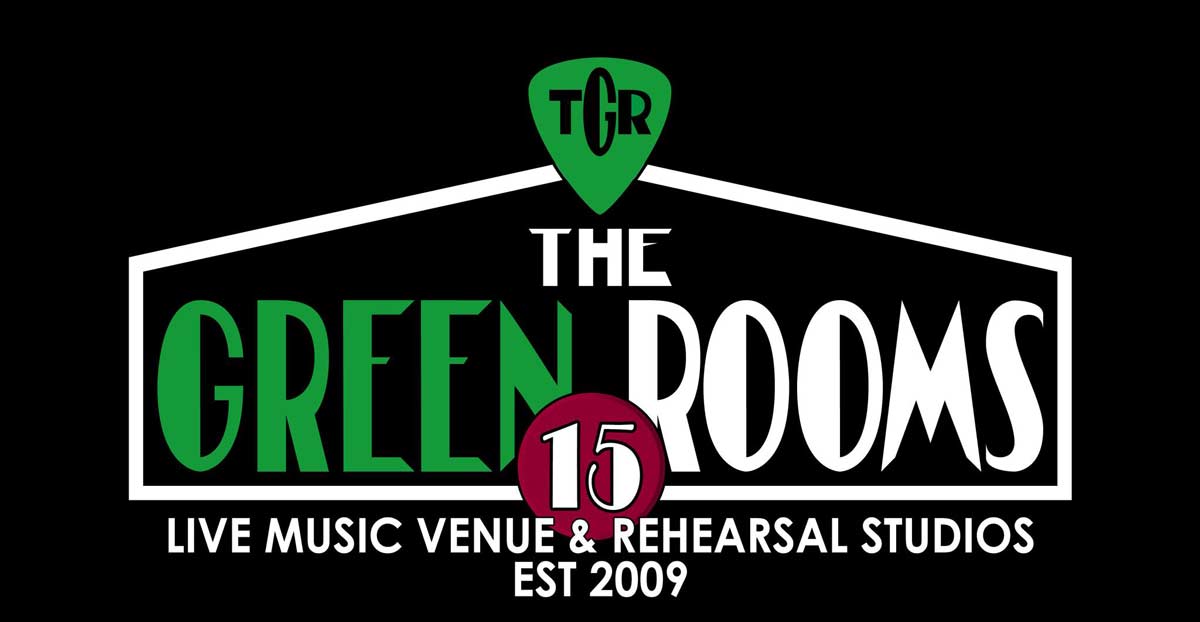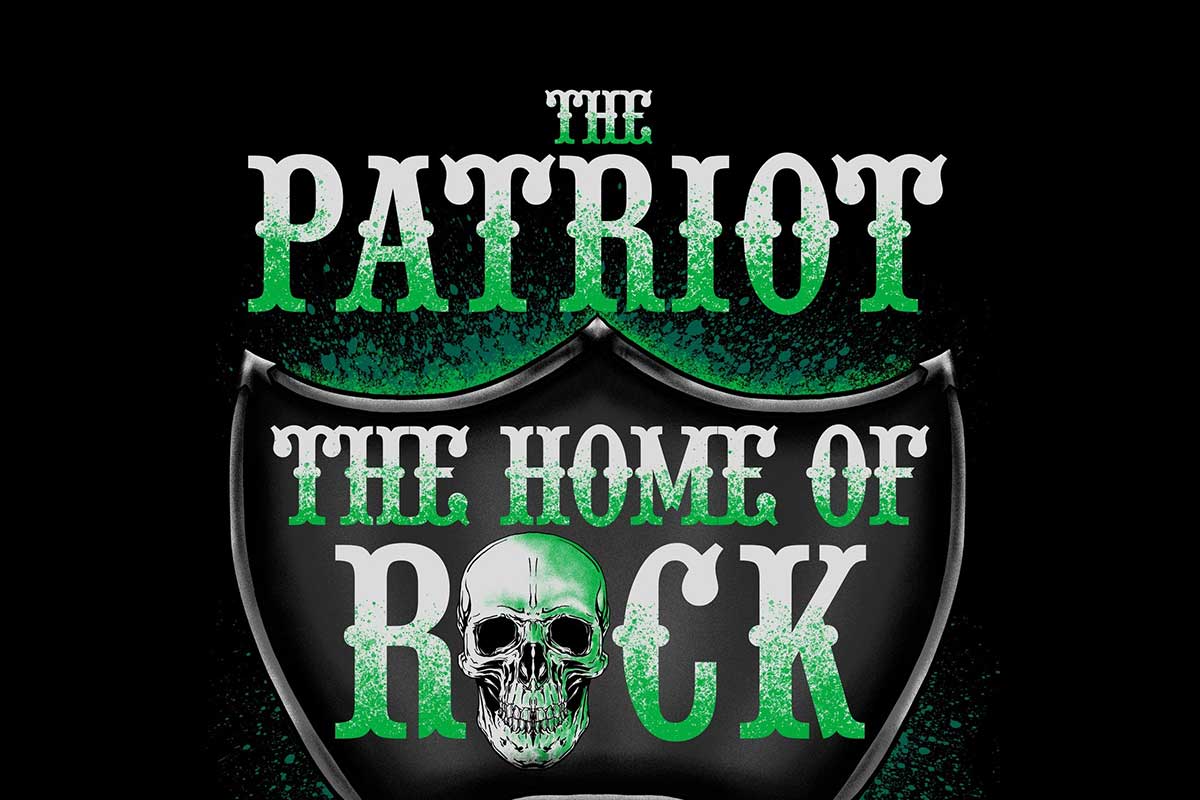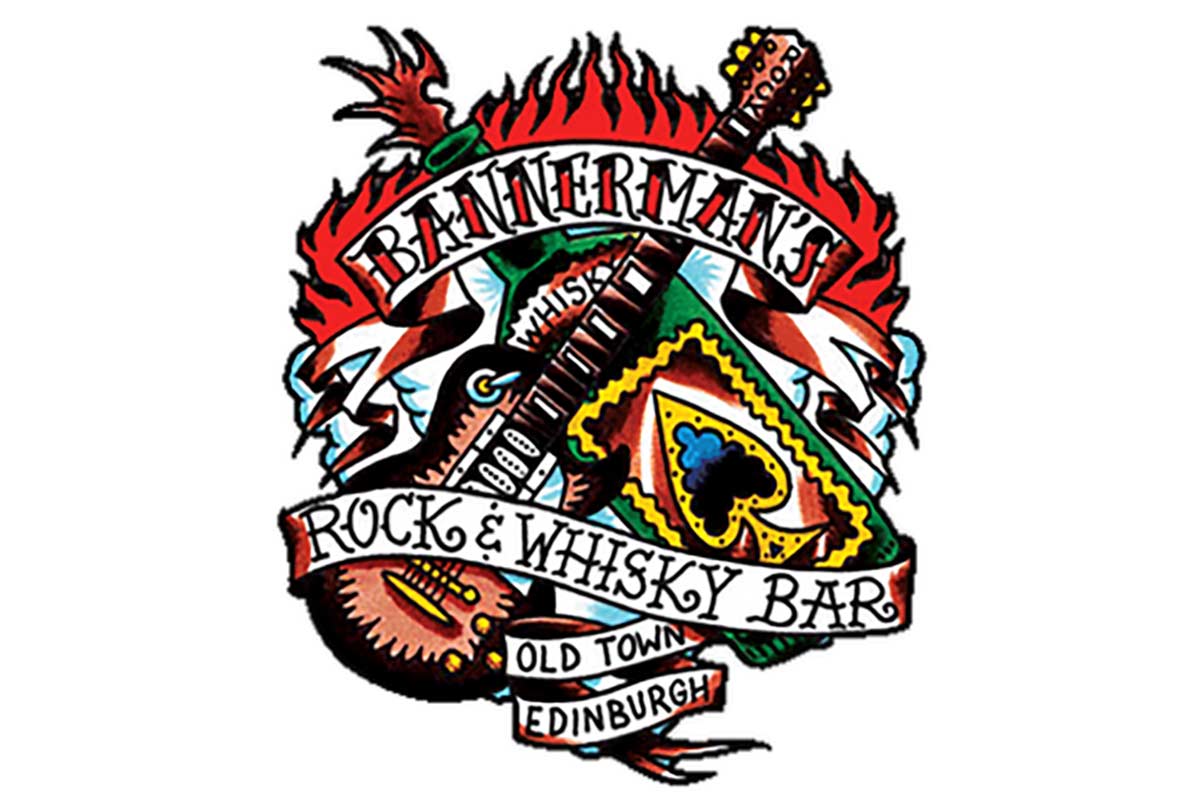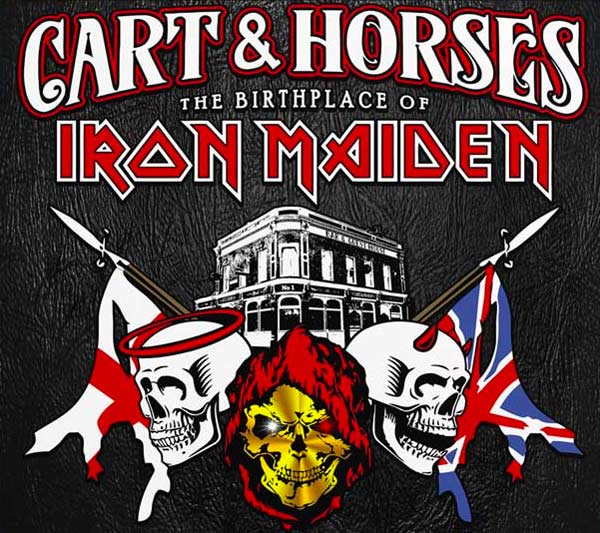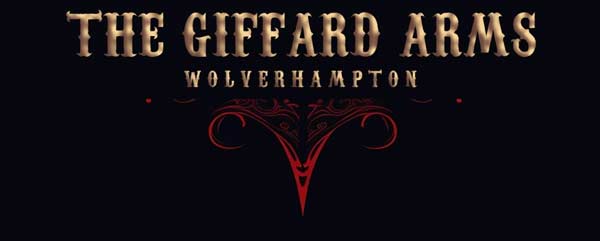Live music is not an inherently exclusionary activity, but gatekeeping and inadequate accessible provisions can make it so. In a genre that has long given voice to marginalised people, alternative music is home for many disabled fans, but organisers are leaving large numbers of them behind.
Festivals are a notoriously exhausting environment. Between long walks carrying heavy camping gear, standing in any weather, uncomfortable sleeping conditions and incredibly long lines for the toilet, even non-disabled people usually need a decent rest afterwards. For many disabled people, a lot of those things are completely out of the question. As a result, they require accommodations: adjustments which allow them to attend.
Last year, Bloodstock Festival set the stage for Malevolence to break crowd-surfing records in an enormous pit. While this was an overwhelmingly positive, thrilling experience for some, this happened so quickly that a number of disabled people found themselves trapped in the middle of it, afraid. These high-energy moments can coexist with the safety of disabled people, but it’s important that there is a separate, safe area for those that need it.
Problems that disabled people face with attending a festival vary; some need refrigerated medication, some can’t stand for long (or at all), some struggle to hear, some are unsafe in crowds, some require a carer and some use mobility vehicles that run out of charge, along with a wide range of other things. This means that event planners can struggle to provide the correct support and get it into the hands of the right people.

Prior to the 2024 festival, Bloodstock handled all access applications on an individual basis. Disabled people could apply directly to them, listing their needs and providing evidence of their impairments. However, in 2024, access tickets sold out for the first time and they reviewed their system.
For 2025, Bloodstock announced that they would be relying primarily on the Nimbus card scheme. This is an award-winning scheme used by many other venues, most notably Download Festival and the Academy Music Group, and grants people with disabilities symbols based on their needs. For example, ‘standing and queueing’ for people who struggle with this. By showing this card, they can apply for an accessible campsite, free carer tickets, viewing platform access or access to a safe zone standing area, with applications assessed on a first-come-first-serve basis.
To evaluate people for these symbols, Nimbus ask for medical evidence and charge a fee, with the idea being that this is a quicker, easier way for venues to understand and verify disabilities. Nimbus currently charge £15 for a card that is valid for three years, or offer smaller cards that are festival-specific for £5 for people who do not wish to buy the full card.
For some people, this is a fitting system that addresses their needs appropriately.
However, many people feel that they are unfairly turned away because of the binary nature of the system. Disability is complex, and fitting it into boxes does not serve everyone.
For example, people with dynamic disabilities (which vary in severity from day to day) or ambulant wheelchair users (wheelchair users who can walk some of the time) may slip through the gaps between stamps, not qualifying for support that allows them to attend.
Even worse, when NHS waiting lists are twice the population of Wales, not everyone is able to provide evidence of their needs. Therefore, with an event as logistically complex as a music festival, relying solely on this method makes it difficult to give everyone the support that they need.

It’s definitely true that the most in need should be first in line for accommodation, but those who are “less” disabled, or whose needs map less cleanly onto a specific rubric, still need support. Having fewer needs than the most extreme cases does not mean that attending a festival through mainstream entry would be safe – or possible at all. Many people have complex needs that do not fit into oversimplified systems of measurement that don’t account for every aspect of watching live music.
Bloodstock’s 2025 line-up proved incredibly popular, with the festival selling out in record time. As tickets sold so quickly, disabled people were told to buy their tickets in anticipation of their accessibility applications opening in November. It panned out that the whole festival sold out before accessibility applications even opened, which meant that every disabled ticketholder was unsure if they would be granted their access requirements. When the application process did open, the Bloodstock team were inundated with applications so quickly that they had to close it after just 24 hours.
As the results of applications rolled out, it became clear that many people were not granted the support they needed, even when people felt they had the right evidence through Nimbus. The number of applications far exceeded the space available. This has left many people to choose between attending unsafely or missing out. Among these denied people were longtime festival-goers who had been granted access before. The use of a first-come-first serve system meant that even some full-time wheelchair users were unable to access everything they needed, including raised viewing platforms, despite already holding tickets.
Anyone who hasn’t experienced being in a wheelchair in the middle of a crowd might not see the issue with that, but being face-to-face with festival-sweat-drenched butts, surrounded by jostling bodies that tower over you, is nightmarish and completely changes the event.

Ticketing as a whole has been a hot topic recently; with fans far outnumbering availability, seeing many artists live involves a high-stress, precise timetable of Ticketmaster queues and slim chances of even getting a ticket. The way that we buy tickets is difficult for everyone, but disabled people are given extra challenges caused by the smaller allocation of tickets and the varied, sometimes complicated routes to obtain suitable tickets.
Making disabled people compete for accessible places caps the number of disabled people able to attend, creating extra barriers that non-disabled people don’t have to contend with. Some venues will only sell accessible tickets over the phone, some sell them alongside standard tickets and others use other routes entirely. Some, like Bloodstock and many other festivals, require disabled people to buy a standard ticket and then make an extra application for assistance.
There are two issues at play here: the number of accessible tickets available, but also the methods of evaluating eligibility for support. They are not entirely separate – more limited space can lead to more cutthroat judgements on acceptance. These issues apply to almost every provision for disabled people – deciding who is and isn’t deserving, weighing up need. Finding the balance between giving support to those who need it most and not leaving the rest with nothing is not an easy task.
Bloodstock is by no means the first time that a large number of disabled people have competed for a much smaller number of accessible spaces – many venues have just a small percentage of space allocated for disabled attendees. What places them under the spotlight this year are the changes to their system and their unprecedented demand. As disabled fans were told to buy tickets in advance of their applications, instead of simply dropping off the end of a queue, they were required to go through an application process before ultimately being denied. This is not an uncommon practice, but can leave disabled people disappointed and out of pocket.

As a community proud of its status as a relatively small festival, the Bloodstock team can often be heard promising to never increase the festival capacity. Unfortunately, this is also used as an excuse for the insufficient space for disabled people. The problem lies not in the number of overall tickets, but the percentage of the festival allocated for disabled people versus the percentage of ticket holders who are disabled. Especially when disabled people are instructed to buy tickets before accessibility allocation, spending a not-insignificant sum of money to only potentially be able to attend a festival isn’t something that should be asked of people.
The frustration of disabled people is not just compounded by missing out time and time again, but by lack of awareness. Just a glance at the official Facebook group for accessible camping shows vast numbers of people let down by this system. Unfortunately, the comments are also full of the ignorant argument that people with disabilities don’t belong there if they cannot attend through the mainstream route. People sharing their specific concerns – injury, infection, the difficulty seeing from the lowered height of a wheelchair – are shot down with questions of whether they should be there at all, rather than how we can make these environments more inclusive.
It’s clear that staff have made an effort to address the concerns. This year will see two viewing platforms – not just one – and the introduction of ‘safe zones’ in front of them, which will allow many more people to attend safely. People who were deemed ineligible for a free carer ticket or fell outside the allocation were given the option to buy a carer ticket. However, these were not without criticism – some people still felt they were wrongly excluded from these safe areas, and questions were raised about why these newly-allocated paid carer tickets weren’t given to those eligible for a free one.

This is part of a larger culture of limited inclusion and using accusations of entitlement as an excuse. Every inaccessible event is part of a wider picture for disabled people. It’s not just one festival that handles it badly, it’s countless gigs and bars and shops and any number of places that disabled people attend on a given day. Plus, the more we exclude disabled people from events, whether that’s through limited or non-existent provisions, the more they become invisible. The more events that disabled people cannot attend, the fewer they try to. By creating inclusive environments for disabled people, we contribute to their overall belonging in society.
How we can actually do this is still up for debate, and a seamless experience for one person can be totally unsuitable for another. The people who physically put down the fences need to be engaged in this conversation, and willing to listen to disabled people. Hellfest has been praised for their exemplary approach to disabilities. They require each volunteer to undergo wheelchair-simulation training, in which they use a wheelchair to navigate ramps and difficult terrain. They invite disabled people to consultations, and in 2024 they encouraged disabled people on-site to construct Lego models to recommend layouts that better accommodated disabilities. Organisers have described the festival as a “testing ground” for wider inclusion, bringing in innovative measures such as vibrating vests to improve the experience of d/Deaf fans.
There are things undoubtedly beyond the control of festival organisers – the famous ‘Drownload’ springs to mind. Bloodstock has sold out at an unprecedented speed, leading to a portion of day tickets being reallocated to camping and new territory for organisers.
As the most vulnerable members of our community, it’s important that disabled people don’t bear the brunt of the high-pressure ticketing environment. Every effort to improve the disabled experience is a step in the right direction, but we are nowhere near a truly inclusive society.
Do you have any experiences or ideas to share about accessibility at festivals? Comment below or email editor@metaltalk.net to become part of the conversation.



